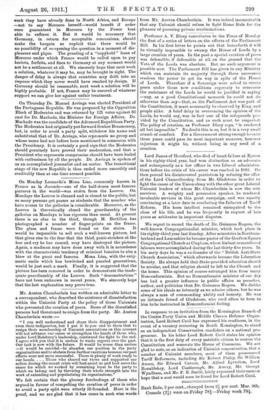On Monday Leonardo's Mona Lisa, commonly known in France as
la Joconde—one of the half-dozen most famous pictures in the world—was stolen from the Louvre. On Mondays the Louvre is cleaned and is closed to the public, but so many persons get passes as students that the number who have access to the galleries is considerable. Moreover, as the Louvre is theoretically closed the guardianship of the galleries on Mondays is less rigorous than usual. At present there is no clue to the thief, though M. Bertillon has photographed a number of finger-prints on the frame. The glass and frame were found on the stairs. It would be impossible to sell such a well-known picture, but that gives rise to the fear that the thief, panic-stricken at the hue and cry be has caused, may have destroyed the picture. Again, a madman may have done away with it in accordance with the characteristic tendency of criminal lunatics to aim a blow at the great and famous. Mona Lisa, with the enig- matic smile which has bewitched and puzzled generations, would be just such a mark. Finally, it is suggested that the picture has been removed in order to demonstrate the inade- quate guardianship of the Louvre. Such " demonstrations " have not been unknown in recent years. We sincerely hope that the last explanation may prove true.


































 Previous page
Previous page